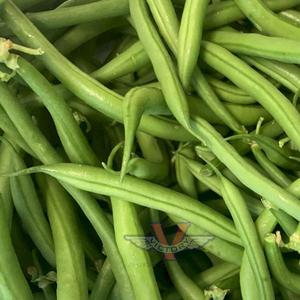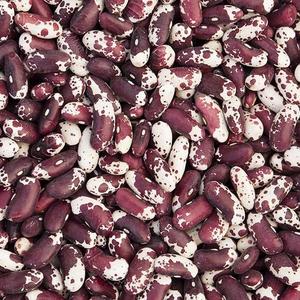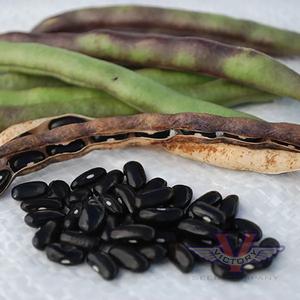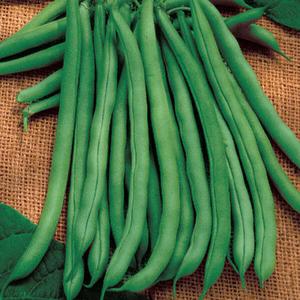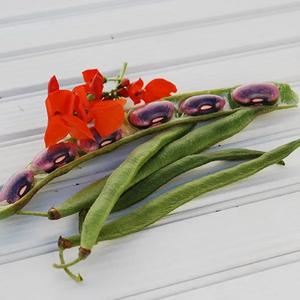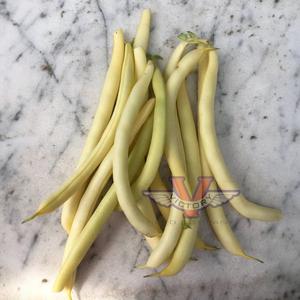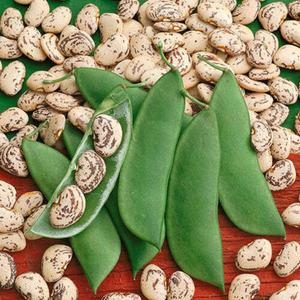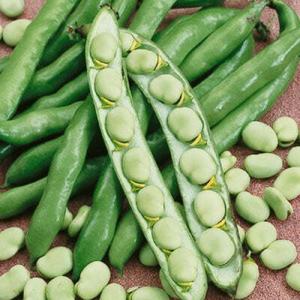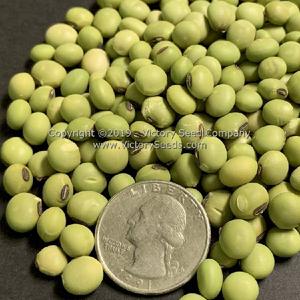Beans
Most commonly cultivated beans (Phaseolus) have an American heritage. The origin of the plant lies somewhere near Guatemala but migration throughout North and South America had occurred before Europeans arrived. In fact, beans were almost as universally cultivated as maize by the native people.
We offer many different varieties of beans. They can be divided by both their growth habit (how they grow) and by how they are used. The descriptions of the major categories of beans are provided below.
Growth habits are generally divided as either pole/climbing (indeterminate) or bush (determinate). When you are reading the descriptions of bush beans, pay attention to words like compact, erect, etc. These tend to be more modern varieties that were developed to set all of the pods uniformly, on plants that do not sprawl, so that they can easily be machine harvested. Many older varieties of bush-type beans will send out non-vining half-runners that can be up to 24 to 30 inches and tend to sprawl. They can be categorized as "semi-determinate" and typically do not require or benefit from additional support.
